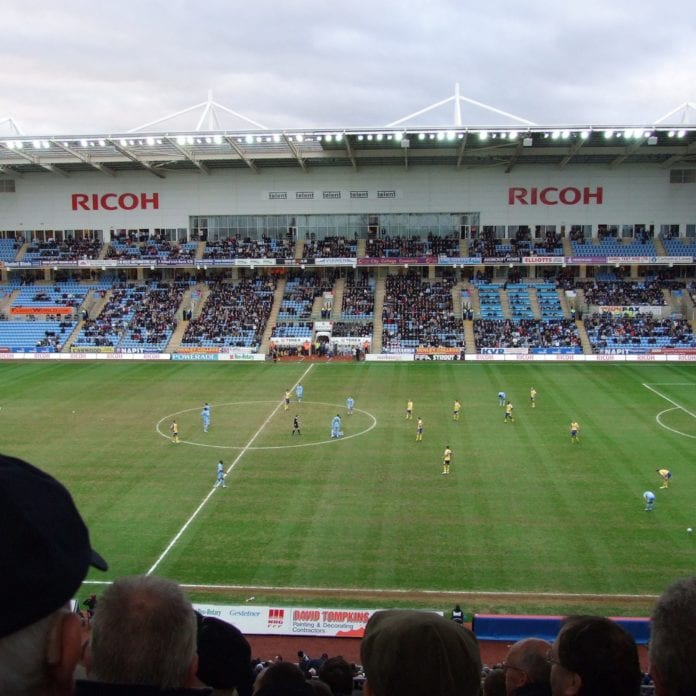Carriers around the world are deploying small cell networks to add capacity to targeted locations and complement macro infrastructure. But the business model associated with small cell deployments – significant variations in cost based on myriad site conditions – is proving tricky.
Swedish network infrastructure vendor Ericsson is approaching the situation with a Small Cell as a Service offering meant to integrate a multicarrier small cell radio access network with an existing Wi-Fi network, which allows for traffic steering and Wi-Fi data offload.
This Small Cell as a Service model lowers total cost of ownership through radio coordination, provides the ability to optimize user experience and allows for easy visibility and management, according to Ericsson.
Examples of Small Cell as a Service
In Coventry, England, Ericsson is working with the owners of Rioch Arena to design, deploy, integrate, optimize and maintain a carrier-grade Wi-Fi network using its Small Cell as a Service model. The goal is to provide a seamless wireless experience to the 1.2 million annual visitors to the 32,609-seat facility, which includes an exhibition hall and 121-bedroom hotel.
Valter D’Avino, head of Region Western & Central Europe at Ericsson, called the business model the “most efficient, cost-effective means of enhancing connectivity in stadiums. … We have some very exciting ideas about how to evolve our new partnership in the years to come by introducing other innovative solutions from our portfolio. Together we will make the Ricoh Arena one of the most technologically advanced venues in the United Kingdom.”
In India, Ericsson is working with Reliance Communications and Ozono Networks to leverage existing Wi-Fi infrastructure to “meet the ever-growing customer expectations in ultra-dense environments through data offload to a countrywide carrier-grade Wi-Fi network,” Reliance President and COO Suresh Rangachar said.
A “neutral, shared Wi-Fi infrastructure” will support Reliance’s goal “of new revenue and subscribers throughout indoor venues and hot spots with the Small Cell as a Service model,” Jean-Claude Geha, head of managed services at Ericsson, said.

